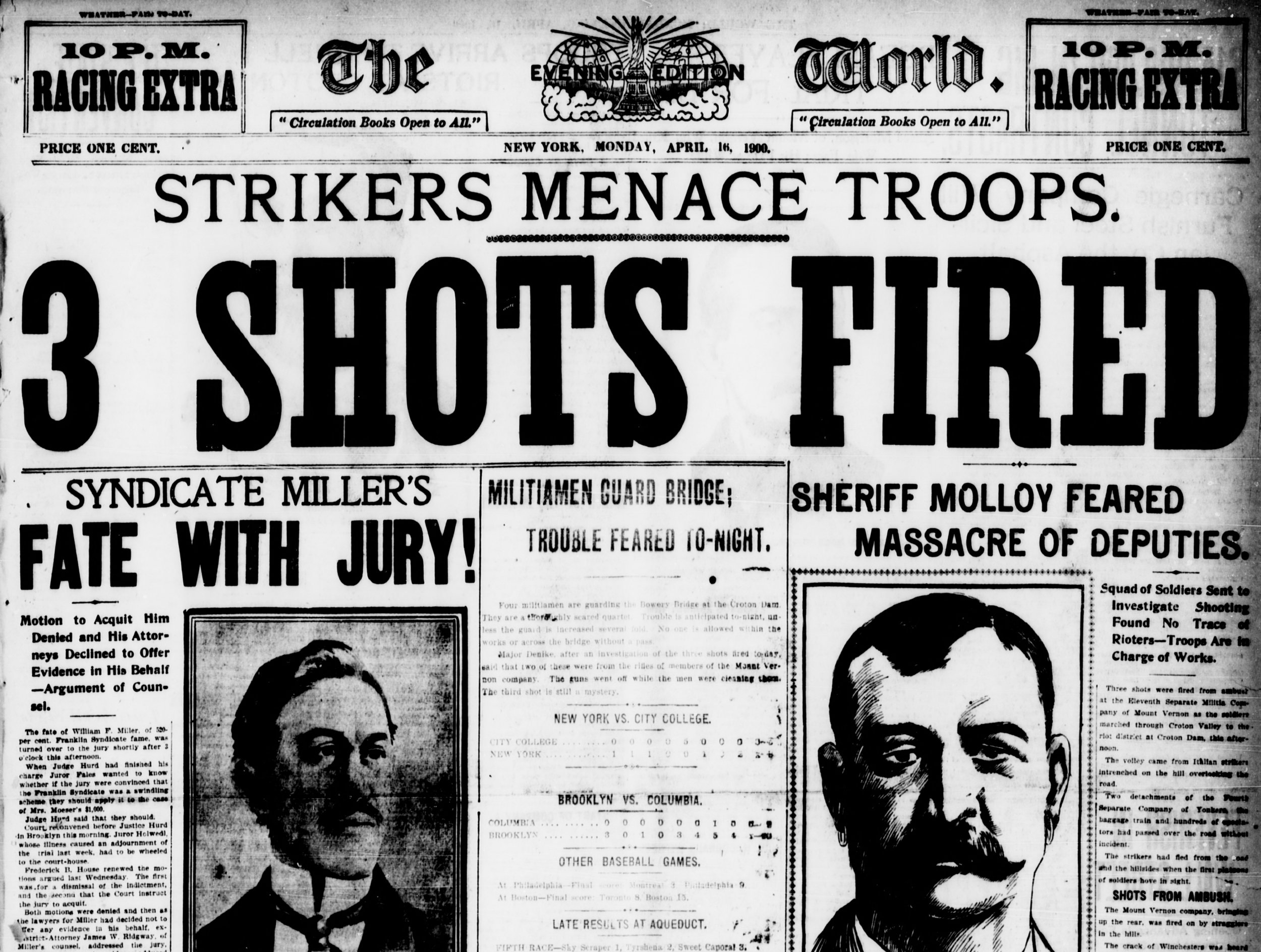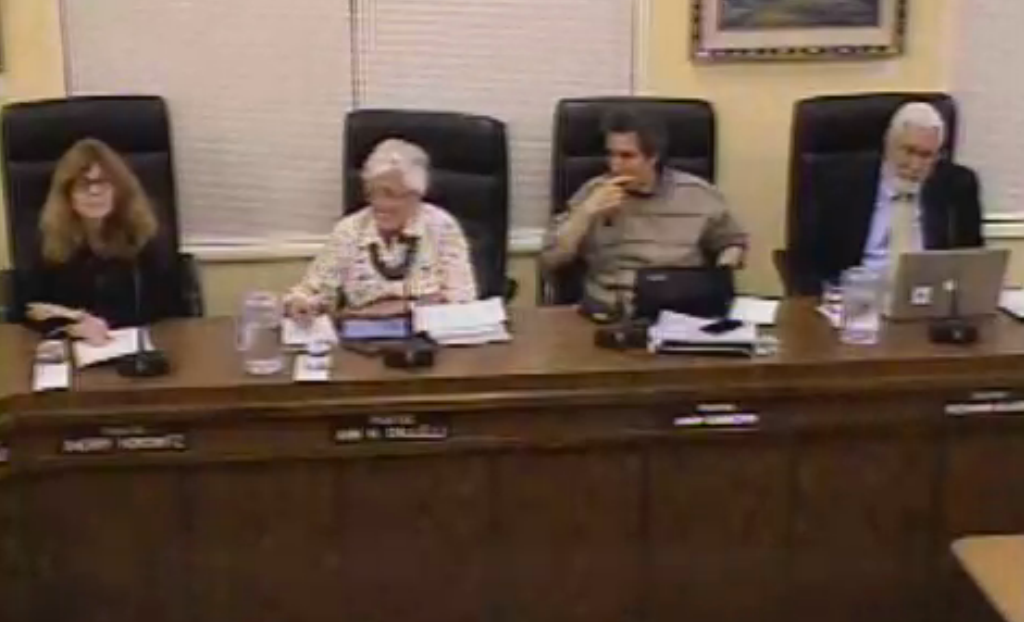The following letter was published in this week’s issue of the Gazette.
To the Editor,
The following was sent to the Village Board nearly a month ago. Other than an acknowledgement of its receipt, I have not yet had a response nor has the Board altered its attitude toward and interactions with its constituents.
The North Riverside Area Rezoning process currently underway holds the risk, like the Harmon Rezoning of the past, of engendering acrimony with one group of citizens touting it as the savior of the village and another decrying it as the end of life in Croton as we know it. In my own opinion, neither is even close to the truth, but it is incumbent on the Board to act in a manner that precludes the type of animosity we have endured on more than one occasion in the past.
My suggestions are not meant to be political (although you may choose to take them that way), but are predicated on my observations of the village during the 75+ years I have been resident in Croton. With a number of other controversial issues already on the table, we do not need to engage in a fierce battle over the rezoning as well.
“The following was sent to the Village Board nearly a month ago. Other than an acknowledgement of its receipt, I have not yet had a response nor has the Board altered its attitude toward and interactions with its constituents.”
While you may not agree, it is a fact that there is a sizable group of our citizens who do not have faith that the Board will objectively study all of the relevant issues and make a decision in the best interests of all of the citizens of our village. That a decision has already been made and that the process we are ostensibly involved in will lead to the Board’s desired conclusion regardless of the facts it may generate.
To combat this view, the Board must act more transparently during the entire process. You must inform your constituents of everything that is happening with regard to the rezoning that is not specifically prohibited by law.
For example, it is widely believed that there have been extensive discussions regarding the fate of the Katz property, but no information has been released to the public. The rumors have already begun, including one that projects the construction of a number of four-story buildings containing “affordable” apartments. Similar rumors on other aspects of the proposal abound. Such rumors can only be put to bed if the Board is more open in sharing information with the public.
One action that I suspect will resonate very well with those skeptical of the process is to appoint one of those very skeptics to the committee overseeing the study. Let him or her participate in the process, raise the appropriate questions, explore the facts, etc. If nothing else, this will add credibility to the conclusions reached or, if he or she takes exception to any part of it, to have to justify that exception with facts generated by the process itself.
You can do much to restore public confidence in the objectivity of the Board by answering the questions posed by citizens at Board meetings, as you are obligated to do under the Rules of Procedure you yourselves adopted earlier this year. You will recall late one night in January, the night Russ Harper was installed as Chief of Police, you and I had a lengthy discussion on this very subject. You assured me that it was not your intent to ignore questions from Croton residents, but to answer them either at the meeting itself or as soon thereafter as practical.
I have heard from many residents that this is not what has been happening, and that on at least one occasion, the Mayor actually prevented one of the Trustees from responding to a questioner.
This is not how you build trust with your constituents.
The choice is yours. If you diligently explore all of the relevant issues and are open and honest about all of its aspects; if you listen to those who question the process and respond directly to their concerns, much of the potential dissension can be precluded. Alternatively, if you choose to adopt a “Father Knows Best” attitude, the process will rapidly degenerate.
This rezoning is a big deal and will have a very significant impact on the future of our village. And how you manage it will go a long way toward determining whether we end up with a result that is acceptable and favorable to the vast majority of Crotonites or whether we fall into the type of rancor that divided the village during the Harmon Rezoning debate. As George Santayana famously said, “Those who ignore history are condemned to repeat it.”
Sincerely,
Joel E. Gingold




















